Y our brand is alive as long as its heart is beating, as long as users need it and remember it. In order to keep them interested, the brand has a constant challenge to trigger their emotions, such as curiosity, appreciation, pleasure, happiness, etc. Still, sometimes your good intentions may wake up some monsters, like anger or revenge. But regardless of the emotions your brand gets, you should always monitor and manage them.
Sentiment analysis - the way to track the heartbeat
of your brand.

A doctor can’t track all the patients’ heartbeat manually; the same thing happens with your audience online. You can’t go manually through all the people’s conversations to find out whether they like your brand or not. That’s why sentiment analysis is a genius invention.
- What Is Sentiment Analysis?
- How Does Sentiment Analysis Work?
- Why Is Sentiment Analysis so Important?
- What Are The Advantages of Emotion Detection?
- How to Make Sentiment Analysis Work?
Before digging into the meaning of the sentiment analysis, we should understand the user's position in all of this. The opinions of your users can express a positive, negative or neutral sentiment. Of course, the sentiment is a wide-ranging spectrum of varying intensity of the human emotion. The way to analyze them doesn't have to be biased and it requires a lot of time and effort to make a correct assessment. Here intervenes the sentiment analysis process.
What Is Sentiment Analysis?
Sentiment analysis is the way to identify the tone and emotions expressed through written or spoken online communication. Also known as opinion mining or emotion AI, sentiment analysis performs data mining, processes the results, extracts public opinions out of the text and lets you come to the valuable conclusions.

Using the opinion mining you'll be able to detect emotions and extract opinions. Then you can come up with some creative actions of empowering your brand, not only from the digital marketing perspective.
An opinion is made of:Opinion holder -> subject -> polarity
Opinion holder - the person that came up to a certain opinion and expressed it;
Subject - the exact topic the opinion relates to;
Polarity - the emotions that accompany that opinion.
In this clear formula, the opinion holder is your target group, the subject is your brand, industry, product/service and polarity is the set of emotions that you trigger.
An opinion comes in all shapes and sizes. In the digital world, opinion is expressed on review sites, forums, blog posts, social media. Can you crawl all of them? I bet you can't, but a sentiment analysis can. There are lots of sentiment analysis systems available for all the social media platforms such as Facebook, Youtube, Twitter and many more.
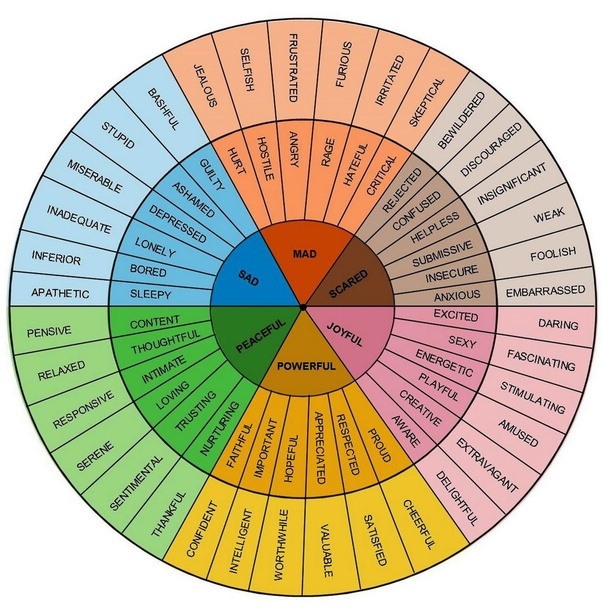
In all this situation, the user is an important player and your brand is a smaller part. The way he plays will decide the future of your brand. In this matter enters social networking, which has a bigger magnitude now than it did before. Your users' opinions can make you or break you. The only way to survive is to understand exactly what consumers feel, and why.
Offering the right response and solutions you'll be able to correct misunderstandings, fix problems, solve issues, provide more features, improve users'engagement.
How Does Sentiment Analysis Work?
You might ask yourself "How can something artificially understand feelings?" but there are lots of many methods and algorithms designed to analyze the sentiment online by using machine learning techniques. And AI should come as no surprise for everybody since we've witnessed lots of the major changes in technology and its evolution.
Complex things can be translated into simple words. At least that's what we're trying to do at BrandMentions. We start by setting up some rules using the algorithm to analyze the mentions. There might be cases when users want to modify the results, and they can do that easily. Here, the algorithm performs deep learning, analyzes its mistake to never repeat them again. Some would call it artificial intelligence, under a form of natural language processing (NLP), since it deals with the interaction between computers and humans using the natural language. There are lots of sentiment analysis APIs that use a set of data science libraries and support natural language processing.
On the dark side, human language is tremendous and not even the very deep text mining can have 100% accuracy. There are cases of using the same words and phrases to express different emotions. For instance:
Why Is Sentiment Analysis so Important?
Social listening, social monitoring, image analytics, social media analytics, customer experience analytics - all of these rely on sentiment analysis. They shouldn't be separate from the rest of your website analytics, but rather make your analytics more insightful. You'll need that data in your reports. But collecting it might get terrible because we create 2.5 quintillion bytes of data every day. On top of that consumers send 350,000 tweets per minute and post nearly 5 billion Facebook comments every month.
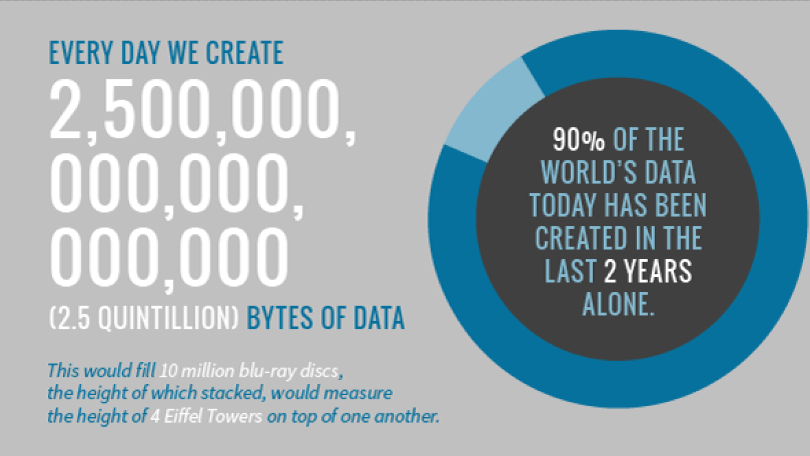
According to projections from IDC, 80 percent of worldwide data will be unstructured by 2025. Think of it this way, we'll be suffocated with all kind of unstructured text and data. These texts are difficult, time-consuming to understand and sort through.
Sentiment analysis makes it easy for companies to shed light into the unstructured data using automated methods and algorithms.
What Are the Advantages of Emotional Detection?
The risk of running into mistakes when doing sentiment analysis beats the risk of not doing it at all.
Let’s make it clear, the advantages of sentiment analysis are:
- Automatization - like it was said before, sentiment analysis allows you to process data in a time-efficient way.
- Scalability - you don't have to manually sort tweets, comments, shares, customer reviews and so on. Using sentiment analysis to process data at scale is more cost-efficient and user-friendly.
- Accuracy - besides saving your time, sentiment analysis helps you keep an objective attitude. People’s perception of somebody’s comment is subjective and can vary from mention to mention as opposed to a filter that applies the same rules to everyone. Your algorithm is firm and stays the same for all the mentions.
- Real-time alerts - to make the risk of the text analysis error even smaller, you always start sentiment analysis with negative mentions to prevent the obvious disasters. To make the process faster and prevent the PR crisis you can set the alerts to notify you every time a mention appears.

How To Make Sentiment Analysis Work?
Social Media Monitoring
Social platforms are flooded with people expressing themselves. Social networking has encouraged people to be open, honest, direct and sometimes even critical about everything, even brands products. It would be absolutely in your interest to monitor all that social media buzz. This is one of the relevant criteria to measure your social media presence by and helps you quantify your efforts.
A proper tool to analyze sentiment offers you clear data visualizations so you would be able to drive overall conclusions about the voice of the customer. You can perform sentiment analysis as we did for Game of Thrones and the sentiment progress is obvious: a combination of positive or negative emotions based on what happened.
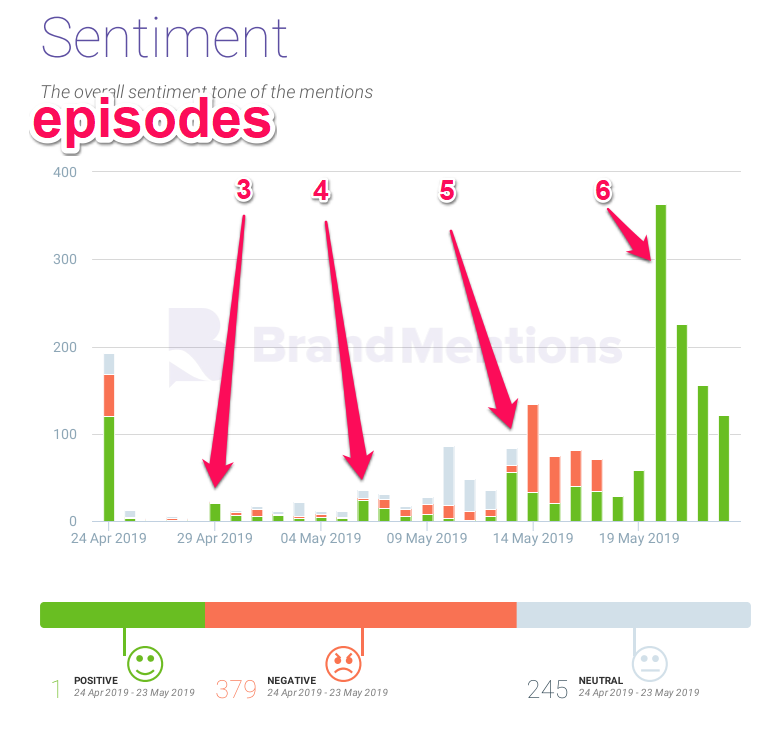
Sentiment Analysis is also one of the essential ways to perform social listening. And there are 7 solid reasons to start doing it as a marketer, by analyzing the social media platforms.
Here's how you can implement sentiment analysis systems in social media monitoring:
- analyze tweets and facebooks posts to see the sentiment analysis in a time frame for a specific audience;
- run sentiment analysis on all your mentions and order by urgency;
- use other filters to generate insights that can help you better understand your audience.
Customer Care
Of course, you have customer care, call center, chatbot, mail support and still, people look for help online. So be there for them. The best way to win your audience’s loyalty is to support them when they need it. Sentiment analysis can identify those people in need. Your brand itself being the first to join the online conversation of your users would definitely boost your credibility.
The research by Bain & Co. shows that good experiences can bring a 4-8% revenue growth compared to the competition by increasing customer lifecycle 6-14x and improving retention up to 55%.
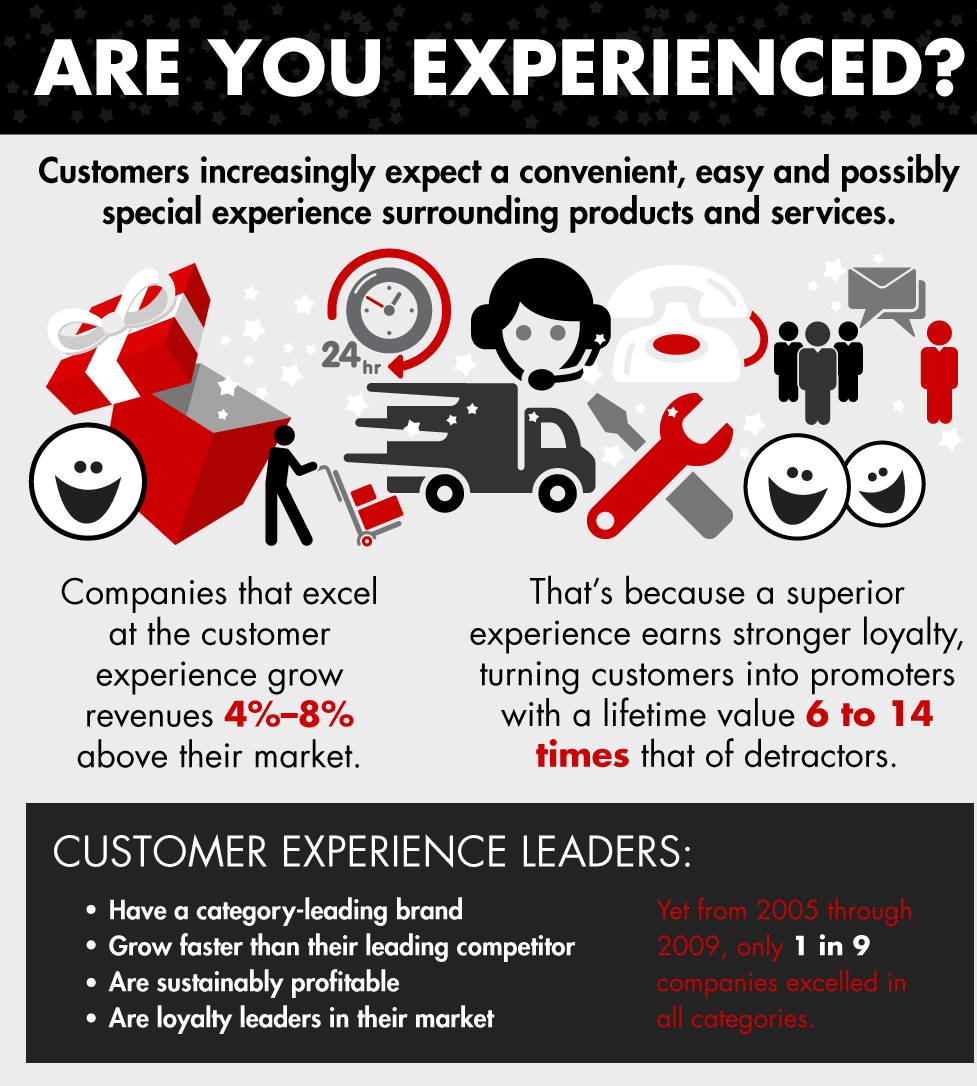
Now it's obvious that a sentiment analysis tool like BrandMentions is a must for customer experience management.
Here's how sentiment analysis can be used:
- analyze customers' interactions;
- setup traction for irritated customers to see them on top;
- organize your support and set up filters to redirect tickets to your team;
- target individual to improve their experience and services;
- create segments with your audience and reward those that give valuable tips.
Voice of consumer(VoC)
Voice of costumer includes feedback collection, data analysis, and action planning. The role of VoC is to understand how people perceive and interact with your brand and products. A positive voice means more opportunities for your brand. Research by Bain & Co. has found that companies that excel at customer experience grow revenues 4-8% above their competition.
Sentiment analysis can help you understand the voice of customer and perform the next actions:
- understand the nuances of user experience and design better services and more natural flow on your website;
- empower your team to provide insightful data to fulfill users' needs and desires;
- respond more quickly to users' questions or any signal they deliver;
For a more complex and accurate voice of consumer program follow the next steps:
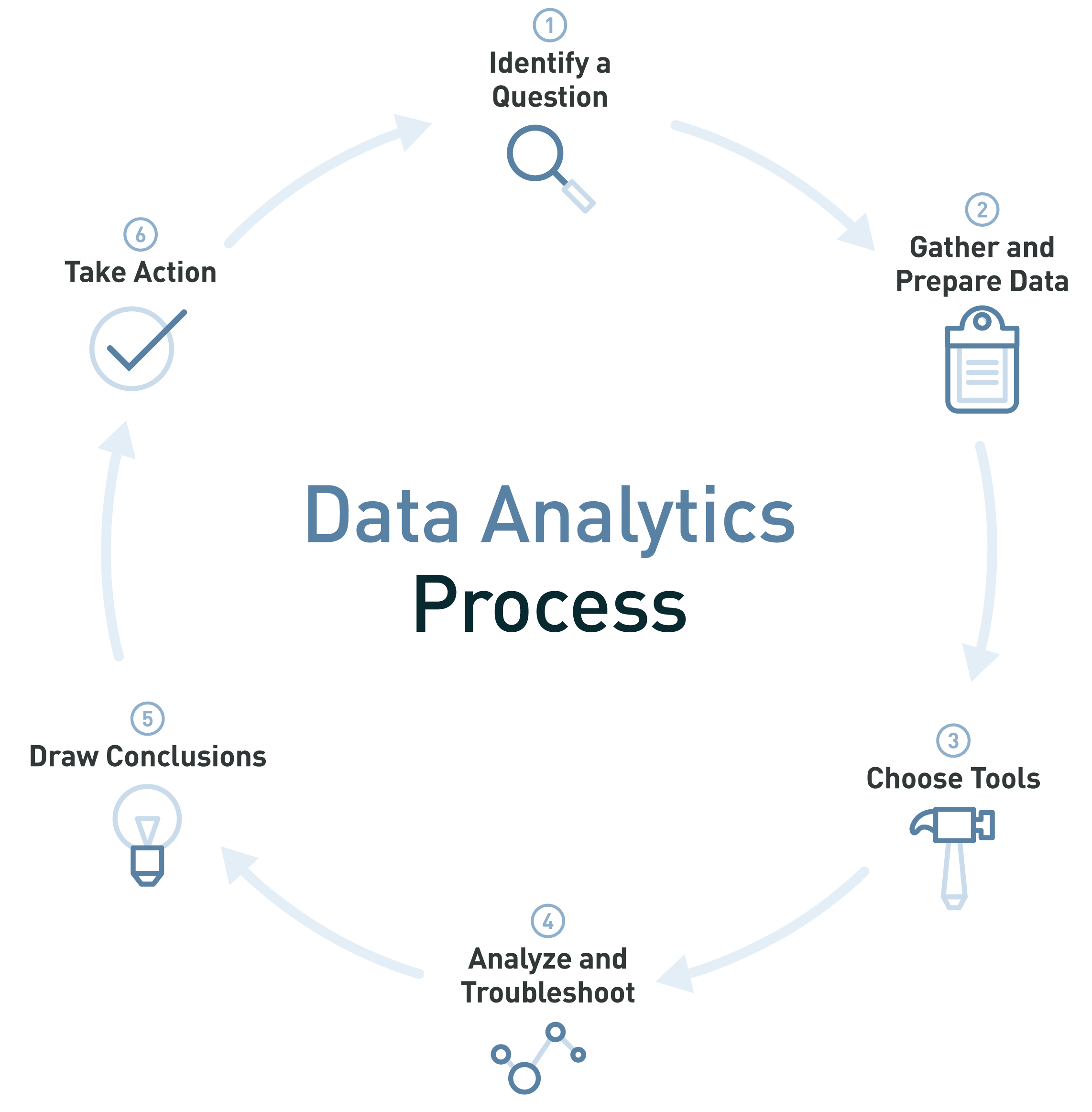
Product Analysis
The creepiest thing that can happen to you when doing sentiment analysis is to see that sad emoji that triggers a negative sentiment. At that moment, is clear that a person is not pleased with something and that might ruin your reputation. Before jumping into answering to it, we recommend learning how to deal with negative brand mentions.
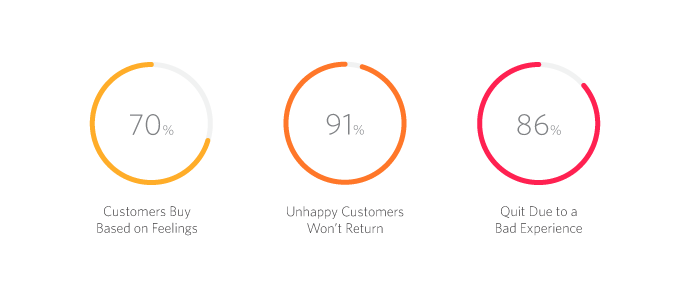
According to Telepathy, bad emotions can have radical effects on sales. In spite of all this negativism, there is something useful in it for you. Take any angry mention as critical customer feedback. Slice it and dice it. There is a big probability that more people have that problem with your product or there might be a great suggestion to update your service.
Sentiment analysis can be performed on product analysis by analyzing all the mentions for a specific product, and look through comments and social media posts, keep an eye on the people that like and dislike your product, in particular, provide all the necessary information to your product development team to make clients happy.
Competitive, Content and Market Research
When you dive deeper into a new subject or a new trend, you should analyze your audience’s attitude towards that specific information. This is how sentiment analysis helps you with the research. This algorithm helps you understand your audience's opinion about your competitors.
Also, you can predict people’s reactions if you are embracing a new and modern thing on the market and use a sentiment analysis tool. For example, think in terms of content: knowing people’s feelings helps you adopt the right attitude while writing about a certain subject.
In case you want to write an opinion about the situation regarding Google banning Huawei you would probably want to analyze the public's opinion about that. Even though it's a scandal, there is a lot of support and optimism for Huawei.

Positive and negative sentiments bring you valuable information for your business. Automated sentiment analysis is able to crawl, identify, classify those sentiments for you. Let machine learn to do the routine and you can invest your time in analyzing the results and taking smart actions in business and marketing strategy.
Always monitor the heartbeat of your brand ❤.

